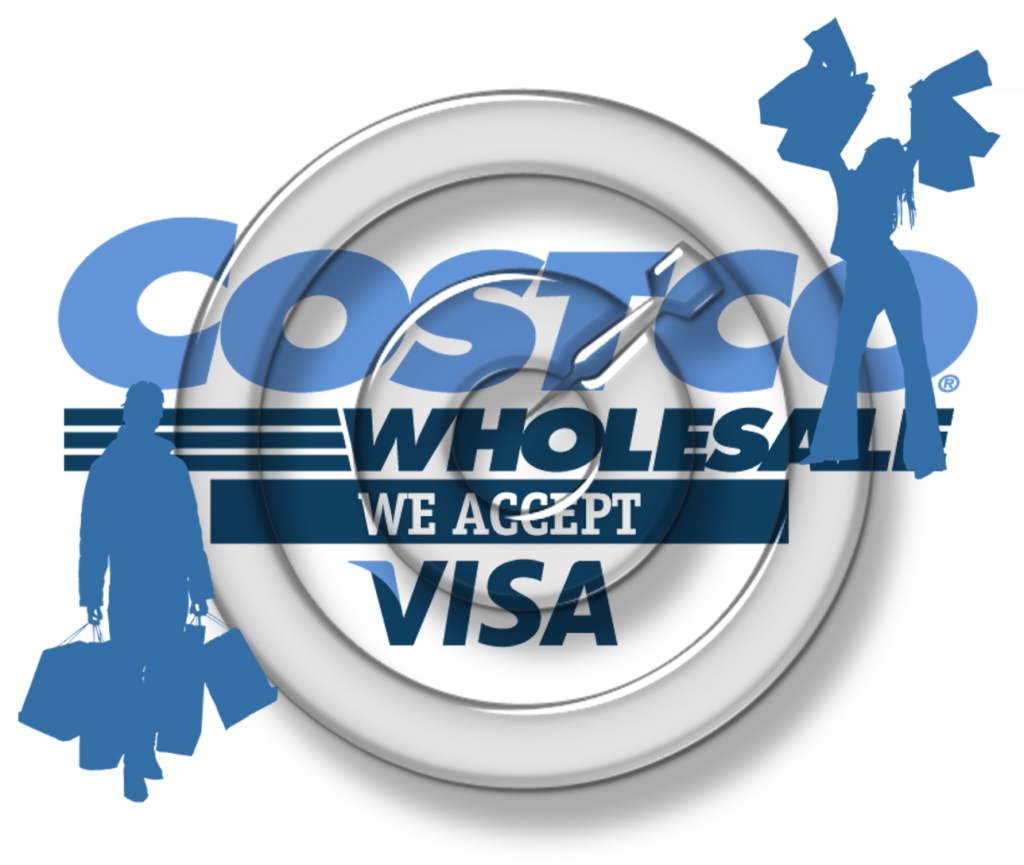There is no perfect customer. Each consumer is unique is one way or another. That makes targeted marketing a challenge. Nevertheless, identifying the personas of customers who are likely to spend more when they deal with your business can only help the bottom line. According to Daniel B. Kline, Costco understands the importance of customers who spend the most during their visits to their warehouses and they are out to recruit more of them. Kline reports, “The company’s CFO, Richard Galanti, laid out exactly what makes up the warehouse club’s ideal customer in its Q1 2017 earnings call. He explained how different types of members spend at the chain, and he detailed the payment method used by consumers who generally spend more. More of these perfect customers would clearly benefit Costco and the chain has been adding members who fit at least part of the criteria”[1] In Costco’s case, the company is wooing customers who primarily shop using their accepted credit card. According to Galanti, “Irrespective of what credit card it is, whether it’s a co-branded or rewards card for an airline or hotel, generally, we find the people on credit card spend more than by cash or check or debit.”
Refining Customer Personas
Galanti went on to note another defining characteristic of Costco’s ideal customer is their membership level. “He explained that the company also found that people with Executive Memberships — the one that costs double the basic $55 annual fee, but come with 2% cash back on most purchases — spend more than those who do not have them.” The point is, the more you know about your customers the better able you are to target them with deals they will find attractive. As I wrote in a previous article, “Have you ever gone fishing? If you have, then you understand your chances of catching something improve when you know a little bit about the fish you’re after and the environment in which it lives.”[2] Creating a consumer persona goes beyond traditional segmentation. Let me explain. Judy Bayer, Director of Strategic Analytics for Teradata International, and Marie Taillard, a professor of marketing and Director of the Creativity Marketing Centre at the ESCP Europe Business School in London, wrote a very interesting article in which they stated that they no longer believe in segmentation.[3] They believe that segmentation (like dividing consumers by gender, ethnicity, geography, religion, etc.) promotes a “rigid methodology that carves out the market” in unnatural ways. They accept the notion that you “can’t be all things to all people,” and they believe that rigid segmentation defies that concept. In Costco’s case, none of those traditional segmentation categories made as much difference as the use of a credit card and the membership level of the consumer.
Location also Matters
Costco also understands it must go deeper in its targeted marketing efforts and provide products preferred in the areas in which its warehouses are located. As an example, Costco often carries branded merchandise for universities in the local area. It’s no secret that preferences in tastes and styles vary according to location. Winter clothing in Minnesota is a lot different than winter clothing in Mississippi. Some businesses may a need to do hyperlocal marketing. Analysts from Go Global assert hyperlocal marketing is essential if the following conditions exist:[4]
- When your business and customer base exist only in your locality.
- When you can approach your customer base only in the way of local communication.
- When local and community-personalized communication is far more effective than the generalized marketing approach.
- When you are targeting to a specific group inside a community.
Even if hyperlocal marketing doesn’t apply to your business, location still matters. The only way to discover which variables matter most when selling in a specific location is to analyze the right data.
Getting the Most from Your Data
Analysts from LiveRamp note, “The more you learn about how consumers behave in certain contexts, the smarter you get at improving your offers and personalizing your campaigns.”[4] To learn about their customers, businesses today are mining data they collect from point of sales systems, loyalty programs, social networks, and so forth. The data is the sine qua non of targeted marketing; but, its analysis is what provides actionable insights for business executives. Anna Kayfitz (@aniagl), a consultant for StrategicDB, notes, “Although segmenting on the basis of customer profiles or personas constructed on assumptions is a good starting point, especially when you are just starting out, it is unwise to finalize your segmentation without first doing analysis. For example, defining as profitable a segment that actually brings in the least amount of revenue is a mistake that only looking at actual numbers can show you is a mistake. Therefore, customer data must be analyzed when creating your segments.”[6] Because cognitive computing systems can gather, integrate, and analyze both structured and unstructured data, they are excellent platforms for conducting advanced analytics. They can also handle many more variables than older analytics systems. In today’s complex environment, being able to analyze more variables is extremely important.
Getting Personal without getting Creepy
When conducting targeted marketing campaigns, there is a fine line between being personal and being creepy. Carolyn Heneghan (@carolynheneghan) reports Costco has done a good job staying on the correct side of the line.[7] This is especially true for Generation Y and Generation Z consumers. Heneghan notes Costco has analyzed what those shoppers want and, by making desired products available, have attracted them without having to specifically target them. She reports, “Costco executives say that its stores are seeing growth among millennials and Gen Z, though the retailer hasn’t been specifically targeting younger consumers. … Costco execs attribute its appeal among young people to its focus on organics and tests with coupon websites like LivingSocial.” She adds, “Costco may not have run ad campaigns or made business and product decisions specifically with millennials and Gen Z in mind. But many of Costco’s practices align with younger consumers’ preferences, such as its selection of organic products. If retailers do want to attract more younger consumers, they may consider investing in carrying a wider selection of organic and better-for-you products rather than marketing campaigns or other gimmicks.” Obviously, Heneghan is discussing food products; but, knowing a specific demographic’s preferences for any product category is important.
Summary
We live in the Digital Age and how companies leverage data is what differentiates them from their competitors. Analyzing the right data for targeted marketing campaigns is no exception. Costco’s experience demonstrates that knowing your customer can make a big difference to a company’s bottom line.
Footnotes
[1] Daniel B. Kline, “Costco Knows Its Perfect Customer,” Fox Business, 10 January 2017.
[2] Stephen DeAngelis, “Targeted Marketing Personas: More Catching Less Fishing,” Enterra Insights, 14 September 2016.
[3] Judy Bayer and Marie Taillard, “A New Framework for Customer Segmentation, HBR Blog Network, 12 June 2013.
[4] Go Global, “What is Hyperlocal Marketing?” Promotion World, 16 November 2016.
[5] “Why Identity Resolution Matters to Every Marketer,” LiveRamp.
[6] Anna Kayfitz, “Seven Segmentation Mistakes That Will Cost Your Business Money,” MarketingProfs, 2 August 2016.
[7] Carolyn Heneghan, “How Costco appeals to millennials and Gen Z without specifically targeting them,” Food Dive, 12 December 2016.





